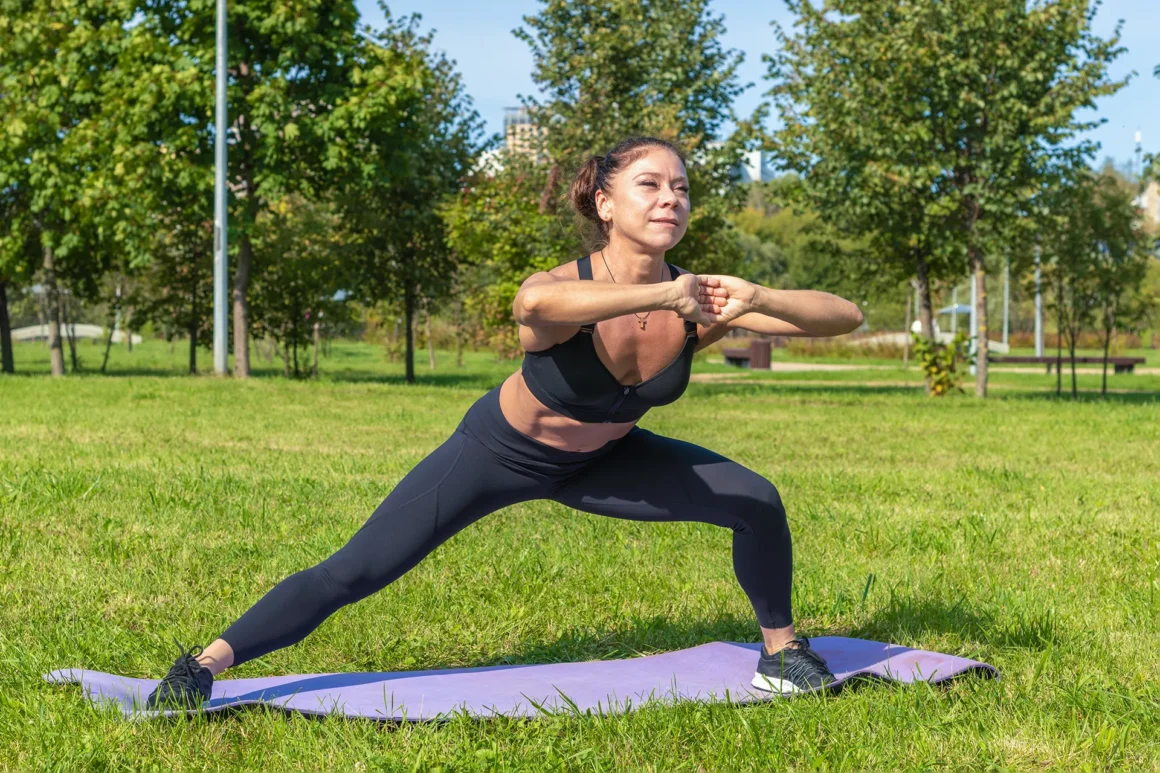And why optimizing for it might be the highest-ROI biohack you can do.
Let’s set the record straight: at 50, you’re not old. But your body is at an inflection point. Right now, you’re either actively maintaining and building muscle—or you’re losing it. There is no middle ground.
And if you’re losing it, it’s not just a strength issue. It’s a metabolic, hormonal, and neurological disaster that’s quietly sabotaging every aspect of your health and performance.
Most people think aging is inevitable decline. They accept feeling weaker, slower, and more tired as just part of getting older. But here’s what they don’t understand: the decline they’re experiencing isn’t primarily about aging. It’s about muscle loss. And muscle loss is completely within your control.
The Hidden Cost of Muscle Loss
Your muscle is a glucose sink. Every pound of muscle tissue you carry acts like a metabolic sponge, soaking up glucose from your bloodstream and using it for energy. Lose muscle, and you become more insulin-resistant. Your body can’t process carbohydrates efficiently anymore. That’s why muscle loss is tied to skyrocketing rates of Type 2 diabetes—even in people who “eat clean” and follow all the conventional dietary advice.
Think about it: you can eat the same foods you ate in your thirties, but if you’ve lost twenty pounds of muscle over the past two decades, your body simply can’t handle those carbohydrates the same way. The muscle that used to absorb that glucose is gone. The result? Higher blood sugar, more fat storage, and a metabolism that feels broken.
Muscle contraction is a direct stimulus for testosterone and growth hormone production. Every time you lift something heavy, every time you challenge your muscles with resistance, you’re sending powerful signals to your endocrine system. The less you train, the less anabolic signaling your body gets. That’s why guys who “take it easy” at 50 feel sluggish, soft, and mentally foggy. They’ve stopped sending the signals their bodies need to maintain optimal hormone production.
Your hormones don’t decline because you’re getting older. They decline because you’ve stopped doing the things that stimulate their production. The man who continues lifting heavy weights at 50 often has better hormone levels than sedentary men half his age.
Muscle protects your brain in ways that most people never consider. Resistance training increases BDNF, or brain-derived neurotrophic factor, which supports cognitive function, memory, and neuroplasticity. When you lift weights, you’re not just building your biceps—you’re building your brain’s capacity to form new neural connections and resist age-related cognitive decline.
More muscle equals better fat oxidation. Your metabolism isn’t doomed after 50—it’s just under-stimulated. The more muscle you carry, the more efficiently your body burns stored fat for fuel. Every pound of muscle you add increases your resting metabolic rate, making it easier to stay lean without constantly restricting calories or doing endless cardio.
What You Need to Do to Maximize Muscle at 50+
The standard fitness advice you’ll hear for “active aging” is embarrassingly outdated. Most of it assumes you’re already on the decline and just trying to slow the inevitable. Let’s fix that.
Lift Heavy—Not Light, Not High-Rep, Not “Toning”
If your reps are in the 15-20 range, you’re doing endurance training, not strength training. Instead, aim for 3-6 reps per set in your big compound lifts. Squats, presses, deadlifts, rows—these movements give you the most bang for your buck. They work multiple muscle groups simultaneously, create the greatest hormonal response, and build functional strength.
Use a progressive overload model. Each week, you should be increasing weight, reps, or intensity in some measurable way. Stagnation equals decline. Your body needs a mechanical stimulus to trigger muscle protein synthesis. Light weights don’t provide enough stimulus to trigger this response effectively.
Eat for Hypertrophy, Not “Maintenance”
Most guys at 50 are dramatically undereating protein without realizing it. Target one gram of protein per pound of ideal body weight. If you want to weigh 180 pounds, eat 180 grams of protein daily. This might seem like a lot, but you’re fighting anabolic resistance—your body doesn’t build muscle as efficiently as it used to.
Spread this protein across 3-4 meals throughout the day. Prioritize leucine-rich sources like steak, eggs, whey protein, and salmon. These foods provide not just protein quantity but protein quality. Leucine is the amino acid that most directly triggers muscle protein synthesis.
Sprint, Don’t Just Walk
Walking is great for general health, but it’s not enough for a high-performing 50-year-old who wants to maintain athletic capacity. Incorporate sprint training once a week—four to six rounds of 10- to 20-second all-out sprints with full recovery between rounds.
Add loaded carries to your routine. Farmer’s walks, suitcase carries, overhead carries build functional strength while improving your cardiovascular system. Sprinting maintains fast-twitch muscle fibers—the ones that keep you explosive and athletic. These are the first fibers to disappear with age and inactivity.
Train Legs More Than You Want To
Your legs hold over 50% of your total muscle mass. When people talk about age-related muscle loss, they’re primarily talking about leg muscle loss. Train legs twice per week minimum. Squats, lunges, Romanian deadlifts, step-ups should form the foundation of your training program.
Leg training stimulates full-body anabolic responses more than any other type of training. When you squat or deadlift heavy weights, your entire endocrine system responds. Testosterone and growth hormone production increase. Neglect leg training, and you lose these systemic benefits.
The Next-Level Stuff
Creatine monohydrate should be a staple—five grams daily, every day. It boosts ATP production, supports muscle retention, improves power output, and has cognitive benefits.
Consider testosterone optimization if your levels are declining. Get a comprehensive hormone panel and work with a knowledgeable physician to determine if hormone replacement therapy makes sense for your situation.
The Bottom Line: You’re Not Done. You’re Just Under-Trained.
At 50, you are in your prime—if you train like it. The idea that you need to “take it easy” or “act your age” is not just wrong, it’s dangerous. It’s a prescription for accelerated decline.
The men who thrive in their 50s, 60s, and beyond aren’t the ones who accepted aging gracefully. They’re the ones who refused to accept it at all. They continued lifting heavy weights. They continued challenging their bodies. They continued demanding excellence from their physiology.
Your body is capable of remarkable things at 50 and beyond. But only if you give it the stimulus it needs to maintain and build strength. Only if you refuse to accept less than your best. Only if you understand that the highest-ROI biohack isn’t some exotic supplement or expensive device—it’s the simple act of lifting heavy things and putting them down, consistently, progressively, and with the intensity of someone who knows their best years are still ahead of them.




